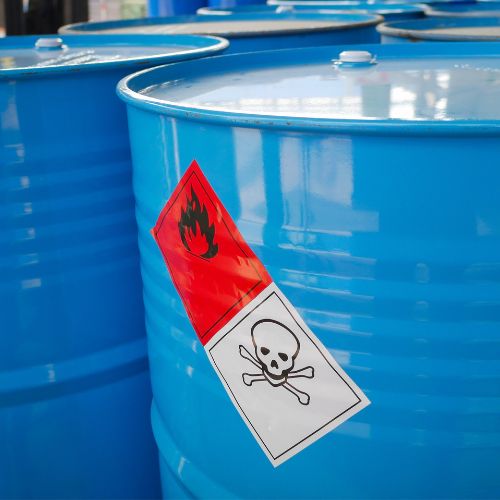Safeguard Engineering was established to meet a growing demand for a safety and environmental engineering specialist, that is completely impartial, cost effective and operates with the highest levels of integrity and trust.
Challenge
Our clients in High Hazard industries require clear and concise safety case documentation to inform and support the management of safety risk. The Health & Safety Executive’s guidance (R2P2) identifies a fundamental requirement for those creating risk to protect workers and the public from its consequences. Clients must be able to justify their risk management decisions, with clearly presented risk assessments and identified control measures showing how the risk owner is ensuring safe systems of work, is properly managing health and safety and meet their legal obligations.
R2P2 and the Hadden-Cave Report (Chapter 22 on Safety Case best practice) highlight the challenges in framing a robust safety argument that justifies the necessary risk control measures. Concerns have been raised that Safety Cases can be seen as a paper ‘vault’ into which risks can be safely deposited and forgotten about. To address this, the Haddon-Cave Report outlines six guiding principles for effective safety cases. They should be:
At Safeguard Engineering, we have adopted the ‘Golden Thread’ principle to guide our safety management activity. The ‘Golden Thread’ is a conceptually clear line between the identified hazard and the associated risk management actions, safeguards and mitigations. This clear line is fundamental to effective risk management and effective Safety Management Systems.
Following a hazard identification exercise and in accordance with most industry and defence standards, hazards are identified within the Hazard Log. This log facilitates the development of the accident scenarios for each hazard and records the safeguards and mitigations that are applied to either prevent the accident or to minimise their effects. Hazard Logs can take many forms, and while organisations often develop their own hazard log software, a highly effective Hazard Log can also be created using a simple Excel spreadsheet.
We’re often asked if Hazard Logs can be simplified by grouping similar hazards together. However, this approach requires caution. For example, asphyxiation from engine exhaust fumes, asphyxiation in a confined space and asphyxiation from a fire suppressant gas might be grouped under the single hazard of ‘asphyxiation’. In this case, a safeguard such as a ‘confined space entry procedure’ would only be relevant to the hazard of asphyxiation in a confined space. This distinction would be lost if all the hazards had all been grouped into a single ‘asphyxiation’ hazard.
When it’s unclear which mitigations relate to which hazards, the ‘Golden Thread’ of clarity and traceability is at risk. Grouping multiple hazards within a single entry can turn the Hazard Log into a potential ‘paper vault’, which gives the impression of risk management but, in practice, becomes increasingly difficult to interrogate, making appropriate risk management actions increasingly unclear.

Our clients benefit from a comprehensive safety management approach which recognises the value of maintaining the Golden Thread. The clarity it provides has significant benefits to the safety management process:
To find out more about the Golden Thread and how it can help in effectively managing your project risks, speak to one of our specialists. We have considerable experience in this field, having worked with a number of defence, governmental and commercial organisations to support their requirements in the processing and storage of energetic and flammable materials, the manufacture of energetic materials and the processing of hazardous chemicals and organic materials.
Get in touch and speak to a specialist about the support we can offer you.
Sign up for our email newsletter
We are an ISO 9001:2015 Quality Management System certified company.
Registered in England and Wales No. 8396115. VAT No. 156603903.
Copyright ⓒ Safeguard Engineering 2025. Designed by Damteq®